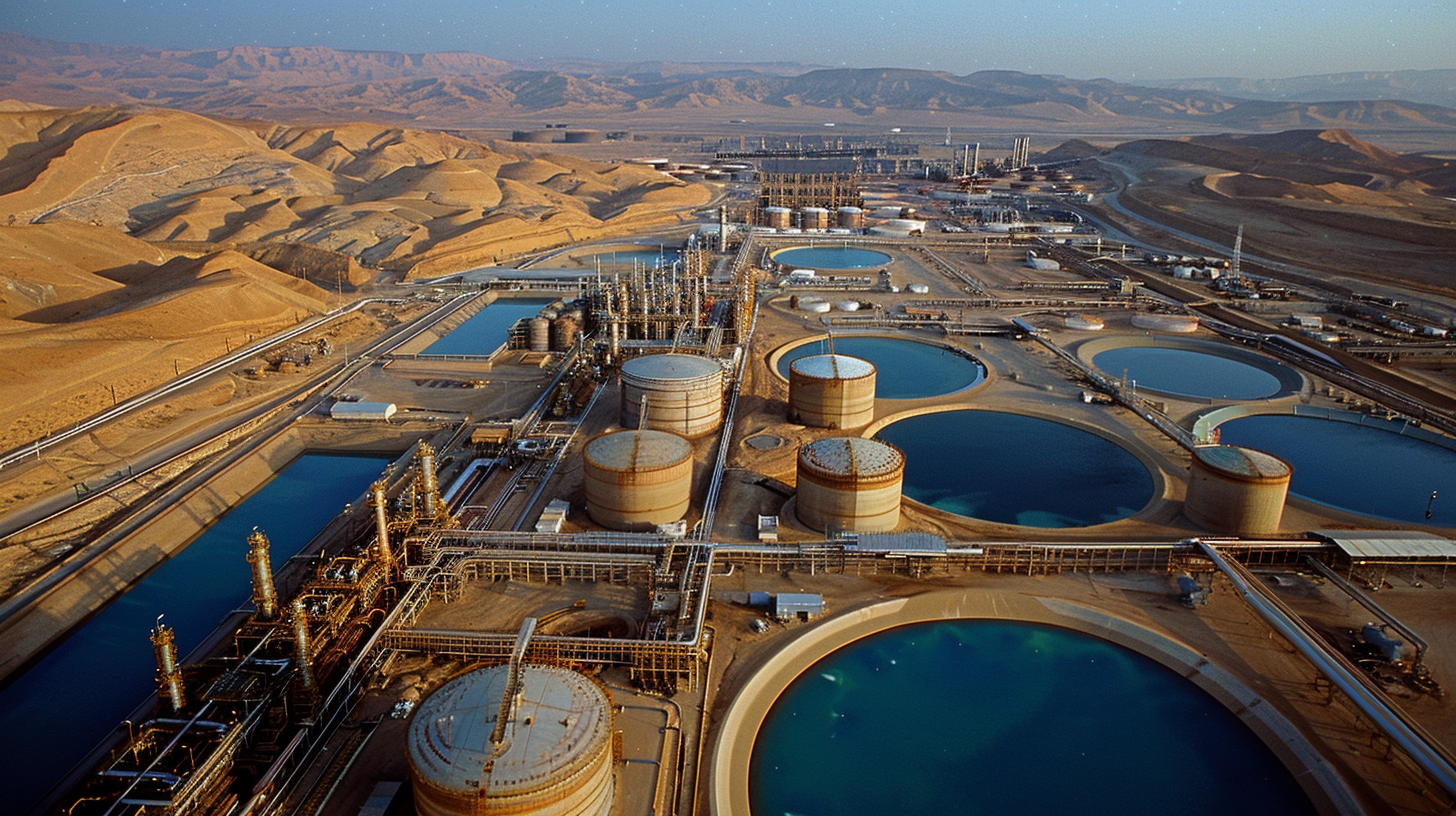Oil prices tumbled over 3% on Monday despite rising geopolitical tensions in the Middle East, as investors appeared to discount the threat of immediate disruptions to global crude supplies following Iran’s missile strike on a U.S. airbase in Qatar.
U.S. crude futures dropped by $2.32, or 3.14%, to settle at $71.52 per barrel, while global benchmark Brent crude declined by $2.41, or 3.13%, to $74.60. The sell-off marked a sharp reversal from gains seen Sunday evening, when Brent briefly surged above $81 following news of U.S. airstrikes on Iranian nuclear facilities.
Iran’s Revolutionary Guard confirmed it had launched missiles at Al-Udeid Air Base in Qatar, home to U.S. and coalition forces. While no casualties or infrastructure damage were reported, the strike underscored the escalating tit-for-tat between Tehran and Washington.
Despite the headline risk, oil markets remained notably calm. “The market is pricing in a de-escalation path,” said Jorge Leon, head of geopolitical risk at Rystad Energy. “But the potential for things to unravel very quickly still exists.”
President Donald Trump, meanwhile, took to social media to urge for lower oil prices, telling “everyone” — likely including domestic producers — to help keep prices in check. The president’s comments reflect his administration’s concern over inflation ahead of the November election.
Geopolitical Flashpoint: Strait of Hormuz
The key long-term risk remains Iran’s threat to close the Strait of Hormuz, through which nearly 20% of the world’s oil passes daily. Iranian state media reported that parliament supported shutting down the vital waterway, although the final decision lies with Iran’s national security council.
U.S. Secretary of State Marco Rubio warned that such a move would be “economic suicide” for Iran, noting that the Islamic Republic relies on the strait for its own oil exports. “We retain options to deal with that,” Rubio said, hinting at potential multilateral military responses.
Rubio also urged China, Iran’s top oil customer, to use its influence to dissuade Tehran from taking further steps that could disrupt regional stability. “About half of China’s seaborne oil comes through that corridor,” he said.
Market Psychology: Risk vs. Supply
Despite the barrage of developments, investors seem confident that major disruptions to supply remain unlikely in the short term. Iran continues to export nearly 1.84 million barrels per day, largely to China, and major production hubs remain operational.
Memories of 2019 — when Iranian-linked groups targeted Saudi oil facilities — and the subsequent quick recovery, may also be tempering investor anxiety. Additionally, diplomatic overtures between Iran and Saudi Arabia are viewed as a stabilizing factor in an otherwise volatile region.
The International Energy Agency (IEA) said it is closely monitoring the situation and is prepared to release strategic reserves if necessary. The IEA currently holds 1.2 billion barrels in emergency stockpiles.
For now, oil prices may remain rangebound as investors weigh the potential for further escalation against the apparent reluctance from both sides to push the conflict to extremes.









